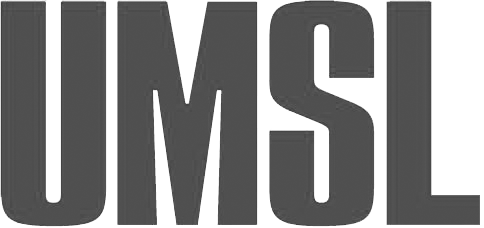By Colleen Kirby, Asset Manager, Compliance, St. Louis Equity Fund, INC
Leaders in community development have called Community Development Financial Institutions (CDFIs) the “next big thing” in community development (CD) finance. They say that what the Low-Income Housing Tax Credit (LIHTC ) has done over more than 25 years for affordable housing development, CDFIs will do for financial products and services. Yet, this “next big thing” has actually been around for more than 15 years and St. Louis is home to several CDFI credit unions and loan funds. Why then do so few people, even in the CD world, know what CDFIs are, and understand the impact they have on our communities?
A little background first. CDFIs fall under a division of the US Treasury (The CDFI Fund) which was created out of a 1994 bipartisan initiative to promote economic opportunity and community development in underserved communities. Many CDFIs existed before the creation of the CDFI Fund, though now they were being officially recognized by the Treasury as an important piece of the community development puzzle. CDFIs complement rather than compete with traditional banks and lenders. The CDFI Fund certifies entities that provide these products and services, and Missouri is home to 24, three of which are loan funds, the rest of which are banks, depository institutions and credit unions. To be certified an organization must show that it offers financial tools and development services that are focused on serving the community development finance needs of a specific target market.
Great, so it sounds like CDFIs would be a big benefit to our communities – but who are the CDFIs in our region and what do they do? Why are these organizations still flying under the radar? Can they really be the “next big thing” for St. Louis? A coalition of CDFIs serving Missouri has recently been formed and one of the goals is to ensure our missions are known and our investments can grow.
The three Missouri-based loan funds, International Institute CDC, Great Rivers Community Capital, and Gateway Community Development Fund, Inc. all focus on different aspects of CD finance by providing micro lending to new immigrants and small businesses, and real estate loans to developers of affordable rental housing. IFF, a large CDFI based in Illinois but with a presence in St. Louis, also provides housing developers with loans, as well as financing for charter schools, community health centers, and vehicles. CDFI credit unions, like the St. Louis Community Credit Union, focus on providing crucial financial products and services to under banked and economically disadvantaged families and individuals coupled with financial education.
The only way these organizations can truly change the way financial products and services are delivered in our region is if they are able to grow their capital base and expand their lending and service provision to even more corners of each CDFI’s “target market”. To do that, they need consistent investment by traditional financial institutions, which may be motivated by Community Reinvestment Act (CRA) requirements. But investors can also be enticed by good returns and reasonable risk, as well as recognition of their impact by key players in the communities they serve. This means making sure elected officials, business, education, and civic leaders know about the work of CDFIs .
More importantly, CDFIs themselves must tell their stories, and not just to those outside the CD world. We have to measure and report on our progress toward our missions, analyze the impact we have on our target markets, and evaluate the opportunities for improvement by listening to our customers and communities. CDFIs must also identify concrete indicators of success. Results-driven funders want to know exactly how their investment improves the financial well-being of the individuals and communities they wish to serve. If we listen to the communities we serve, identify success stories, and tell each other as well as the outside world, then CDFIs really could become “the next big thing” in community development.
Articles in “From the Field” represent the opinions of the author only and do not represent the views of the Community Builders Network of Metro St. Louis or the University of Missouri- St. Louis.







